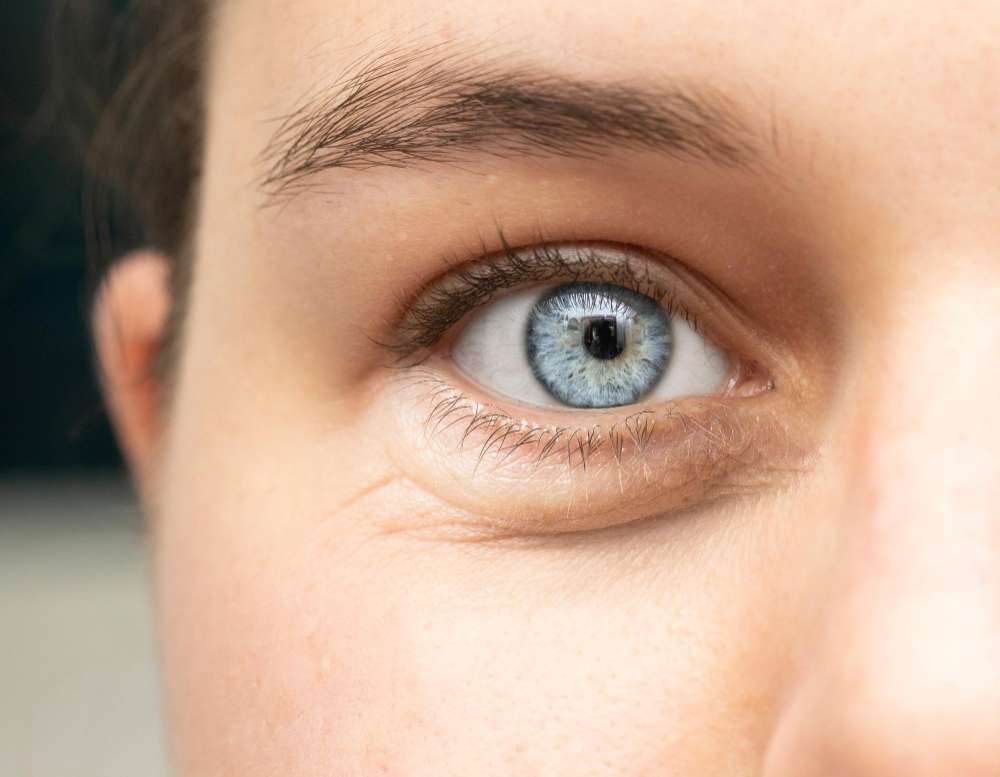Acne Scar
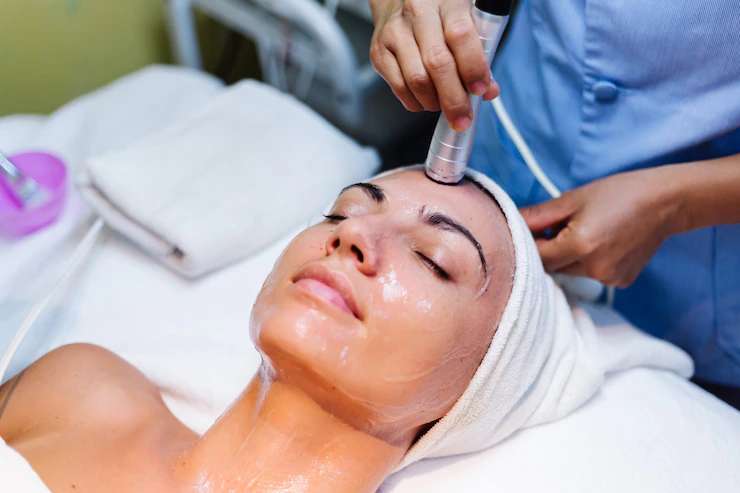
Acne Scar Treatment in Delhi
Are acne scars making you self-conscious or embarrassed about your skin?
While most individuals are fortunate sufficient to have blemishes that reach and go without leaving a scar, others are left with visible reminders of their past breakouts, which can take an entire emotional toll.
As if acne isn’t bad enough, a scar that develops after a pimple can take weeks or months to disappear — if it disappears at all.
If you believe there's no hope for persistent scars, think again. The upside is that many therapies can remove or fade these scars, making them less prominent and helping you recover your self-confidence.
An acne lesion (pimple) develops when bacteria, oils and dead skin fill up and anger pores, the tiny gaps in your skin via which oil and sweat rise to the surface. Some 40,000 cells fall off your skin every hour, but occasionally, those dead cells clog up a pore. Occasionally clogged pores are small and result in “whiteheads or blackheads.” Sometimes these pores evolve inflamed and lead to other types of acne.
If you have acne, you’re not alone! Acne is the most typical skin disease in the world. About 80% of people between 11 and 30 will have it. Teenagers get acne thanks to their changing hormones. Adults have stress, the environment, menstrual cycles, oil-based products and birth control pills to blame, although hormones can still play a role.
What Cause Acne Scar?
Your skin is your most extensive organ. It has three prominent layers. They are, beginning with the outermost, the epidermis, the dermis and the hypodermis. The layers shield your fragile insides from fragments, UV rays and bacteria. They also support producing vitamin D, thanks to sunlight. Unfortunately, any area with sebaceous glands is inclined to acne, specifically the face, back and chest.
Acne scars are the development of inflammation of acne blemishes. As a result, the acne pore swells, and a breakdown happens in the wall of the pore. Some acne blemishes are minor, and the scars created are shallow and heal quickly. However, occasionally the contents of the marks spill into the surrounding tissue and cause more severe scars. The skin reacts to repair the scar by forming new collagen fibres.
Acne scars take on two primary forms: either a scar spot develops when there is a failure of tissue, resulting in an indentation in the skin's surface, or a scar develops that is raised on the skin's surface. This type of acne scar indicates that your skin is doing its job but too well. For example, your skin creates collagen ("repair tissue") to support healing the acne wound but raised scars form if it makes too much collagen.
Remember that just because you have acne, that accomplishes means you'll get scars. And suppose you do (one in five somebody with acne will also have scarring). In that case, the excellent announcement is that not all acne scars are permanent! Medicines are available. Some treatments nearly clear the scar spots, while others support the skin healing itself with its collagen.
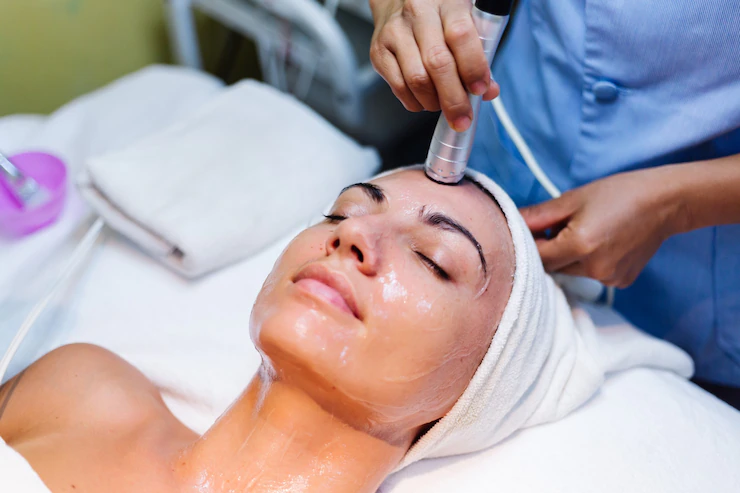
Different Types of Acne Scars?
There are two main types of acne scars. The first is atrophic scars induced by tissue loss, with three types: boxcar, ice pick, and rolling. The second type, keloid scars or hypertrophic, is caused by excess tissue.
Acne scars can be difficult to treat and always require dermatologist help if you want to see real improvement. Over-the-counter medicines aren't powerful enough to improve the look and texture of acne scars.
| Ice Pick Scars | Ice pick scars are deep, very narrow ones extending into the dermis.2 The skin looks as if it has been hit by an ice pick or sharp instrument. Ice-pick scars make a small, deep, thin hole into the skin. Some may look like a large, open pore. |
| How They Develop | Ice pick scars can develop if an infection or inflammation from a blemish or cyst reaches the surface. Skin tissue is destroyed, leaving a long, column-like scar. |
| Boxcar Scars | Boxcar scars are oval or round depressions with steep vertical sides. Wider than boxcar scars, ice-pick scars give the skin an uneven, pitted appearance. |
| How They Develop | When an inflammatory breakout destroys collagen, the tissue is lost. The skin over this area is left without support, creating a depressed area. Boxcar scars can range from superficial to severe, depending on the amount of tissue lost. |
| Rolling Scars | This type of scarring causes wave-like or rolling depressions across otherwise normal-looking skin. Rolling scars vary from boxcar scars in that they aren't smartly defined. They make the skin look uneven and ragged. |
| How They Develop | Rolling scars arise when fibrous bands of tissue materialise between the skin and the subcutaneous tissue below. These bands drag the epidermis, binding it to deeper skin designs. This pulling of the epidermis from within creates the rolling appearance of the skin. |
| Hypertrophic and Keloid Scars | Hypertrophic scars are firm, raised scars that grow above the skin's surface. Hypertrophic scars caused by acne are often found on the torso, especially in men. Still, they can occur anywhere on the body. Hypertrophic scars are more typical after a deep wound or trauma. Keloids are a more severe type of raised scar. They differ from hypertrophic scars because keloids grow larger than the original wound. They can send out increased lateral shoots that expand farther than the wound and continue developing long after the original wound has healed. Some people are more tending to develop keloids. |
| How They Develop | Hypertrophic scars develop because of an overproduction of collagen. In the case of keloids, the skin continues to produce collagen even after there's no need for further skin repair. |
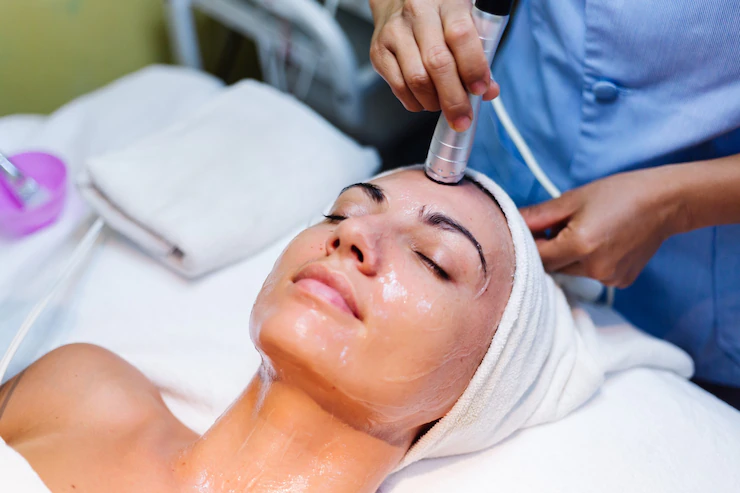
Treatment of acne Scars
Yes! Your skin must be blemish-free before starting treatment for your acne scars. In addition, medications and treatments used on acne can interfere with medications and therapies used on scar spots.
Over-the-counter medication for removing acne scars?
Over-the-counter creams are best. Check with your dermatologist who is best for your skin type and type of scar. There is a combination of effective creams out there. They include the subsequent chemicals or a variety of:
- Lactic acid.
- Alpha hydroxy acids.
- Salicylic acid.
- Retinoids.
You can also choose to cover up scars with facial hair or cosmetics. But, again, there are many over-the-counter cosmetic products available.
Treatments for improving acne scars.
There are many cosmetic procedure choices to choose from the list. First, you and your dermatologist will examine the best options for your acne scars. It is common for a patient to have repeat procedures or require two or more types of methods to repair their skin.
Resurfacing Procedures
Chemical peels: This procedure uses special chemicals to clear the top layer of old skin. Typically whenever the top layer of skin is removed using a chemical peel, the fresh skin that grows in is smoother and has low scars.
Dermabrasion: This treatment uses a unique tool that produces friction to extract the top layers of skin, much like a sander pulls the top layers from a wood plank.
Microdermabrasion: Microdermabrasion, similar to dermabrasion, uses a particular machine to remove the top layer of skin.
Laser resurfacing: A laser produces heat to the scarred collagen under the skin. It relies on the body’s wound-healing response to create new, healthy collagen. It encourages the growth of new skin to replace it. There are two different kinds of laser resurfacing: ablative and non-ablative. Your skin specialist will determine which type is best for your skin type and the nature of your acne scars.
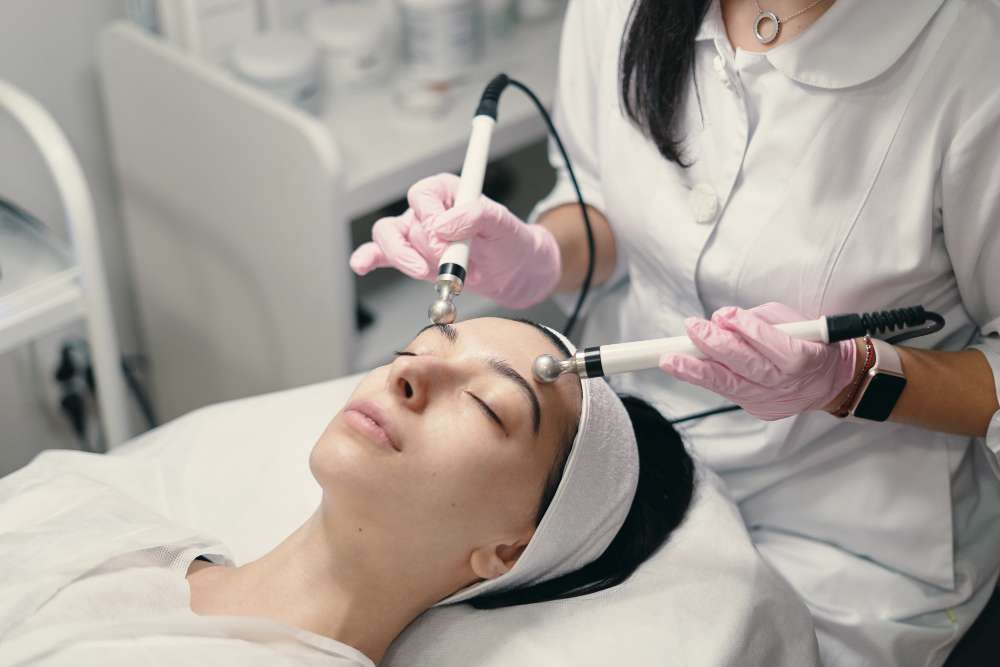
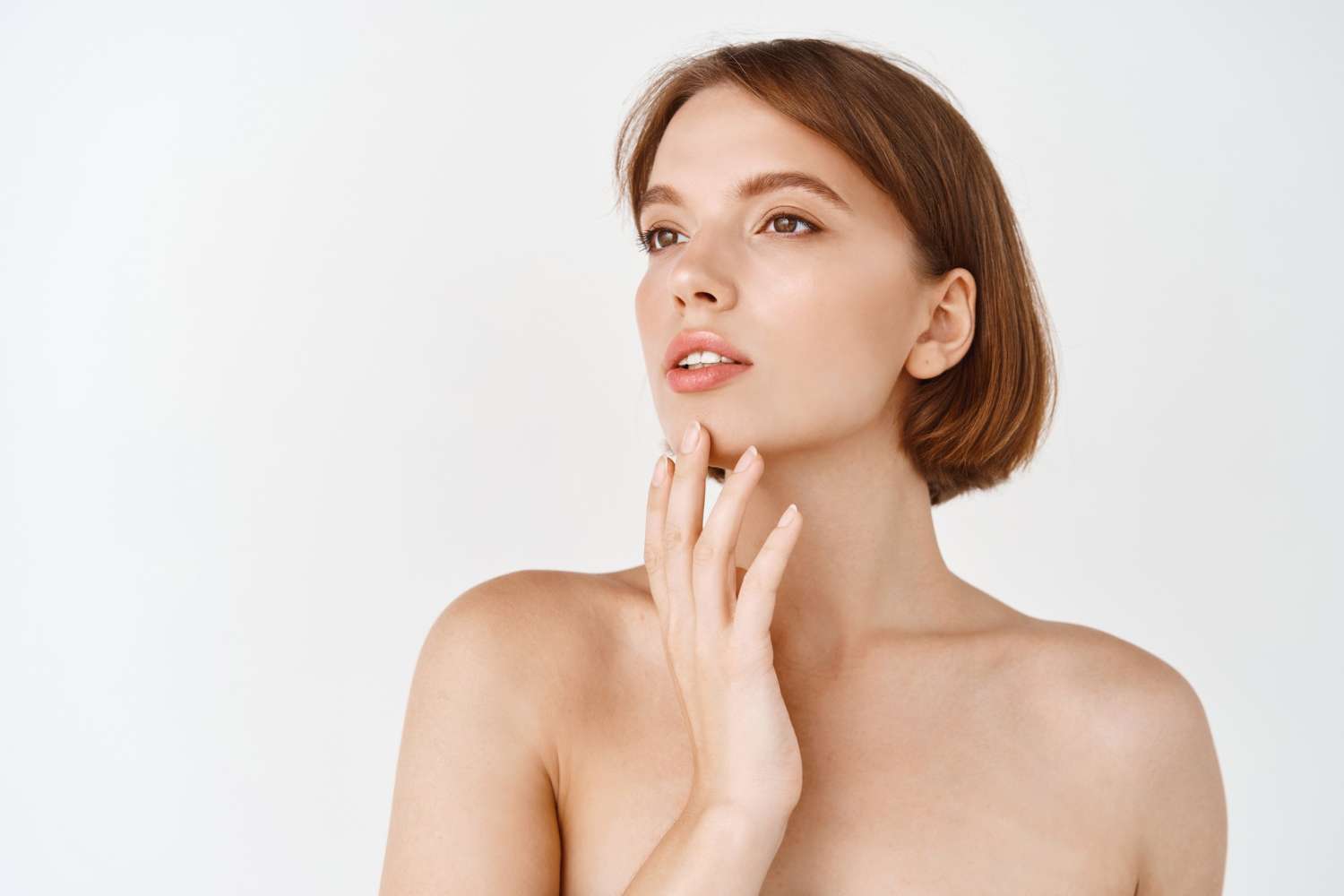
Other Procedures
Steroid injections: In this treatment, steroids will be injected into a raised scar. Steroids soften the fibrous tissue, forcing the scar spot to flatten.
Dermal Fillers: This treatment injects a substance underneath a depressed scar spot that lifts the skin upward.
Microneedling: Treatment uses tiny needles to purposefully damage your skin to boost collagen production that can smooth scars. Microneedling can be done alone or with warmness (i.e. micro-needling radiofrequency). Microneedling radiofrequency has been shown to help with textural improvement from acne scarring and can stop further acne from forming.
Excision: With this method, the dermatologist cuts into the skin, clears the acne scar, and then uses stitches to close the wound.
Subcision: This therapy uses a needle to split apart fibrous bands that draw down scar tissue into the lower levels of your skin. The skin is removed so that it can return to the surface and can lay soft naturally.
Punch grafting: In this treatment, the scar is extracted like it is in an excision, and then a skin graft carried from another region of the body, generally behind your ear, fills the spot where the scar was removed.
Cryosurgery: Treatment uses liquid nitrogen to freeze increased scar tissue. The scar tissue breaks and then falls off.
Ask your dermatologist regarding other options that work best for you.
Can acne scars be prevented?
Once you’ve identified the kind of acne scar(s) you have, you can start taking steps to prevent the construction of additional scars. Here are four manageable ways to prevent acne scars:
| Don’t pop pimples | While picking at or popping a pimple may be tempting, it’s important to remember that this generally does more harm than good. When you pop a pimple, you remove all the oil, bacteria, and debris from it and drop it onto your skin, vacating an open impairment. Not only can this create more additional acne, but it can also lead to scarring as it interrupts your skin’s natural recovery process. One way to eliminate the desire to pick or pop at your acne is to hide persistent pimples with hydrocolloid dressings. These dressings help your skin heal faster and control you from causing any damage that could lead to scarring. |
| Wear sunscreen | Damage from the sun can dull spots and scars from acne. We recommend sunscreen with at least SPF 30 every day, all year round. Remain active about wearing sunscreen every day. Any acne scars you develop will be tiny and noticeable because your skin will not be exposed to sun damage. |
| Stay moisturized | Keeping your skin moisturized can help you maintain a plump, healthy appearance. Not only accomplishes moisturizing help your skin’s healing process, but it also allows existing acne scars to look less noticeable by unifying your skin’s tone and texture. To avoid drying out your skin, we recommend limiting hot showers and applying moisturizer twice a day. |
| Treat your breakouts | To prevent scars from occurring in the first place, it’s important to stay ahead of future breakouts and get your acne under control. Products like salicylic acid and benzoyl peroxide can target the acne you currently have while preventing future breakouts. Also, making lifestyle changes such as changing your pillow case more often, staying hydrated, and getting more sleep helps prevent acne from developing in the first place. |



